Dog and Cat-Safe Plants for a Pet-Friendly UK Garden
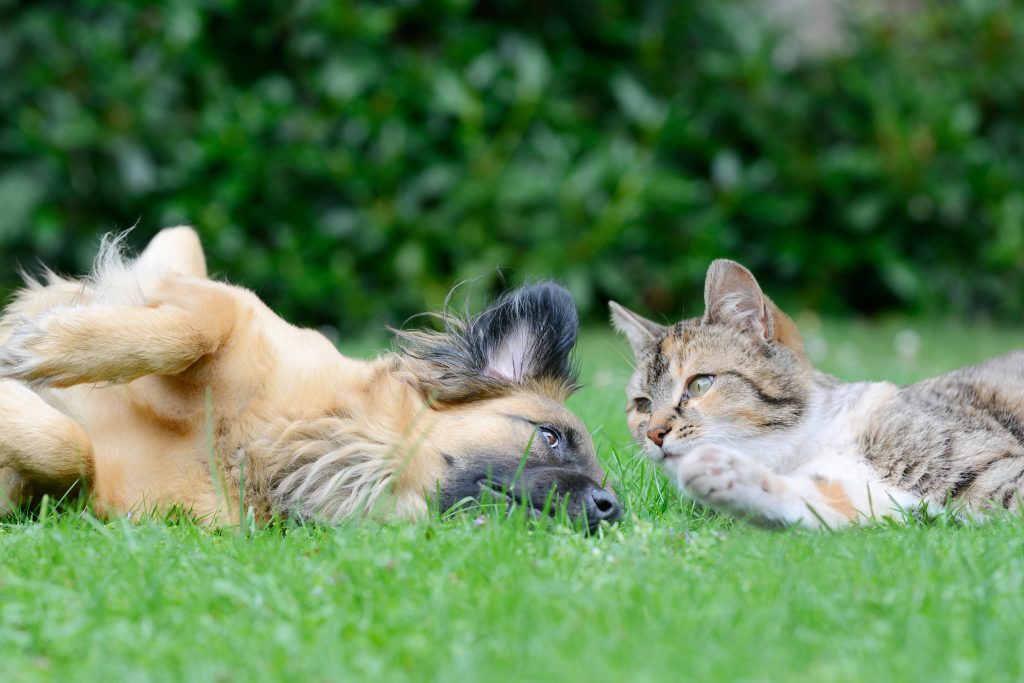
While many plants can find a home in your garden, some popular varieties are toxic to cats and dogs – potentially causing serious health issues. By carefully selecting pet-friendly plants, you can create a vibrant and safe outdoor space for your furry friends to explore, ensuring they can roam freely without any risk from harmful vegetation.
Unsafe Plants to Watch Out for When Protecting Cats and Dogs
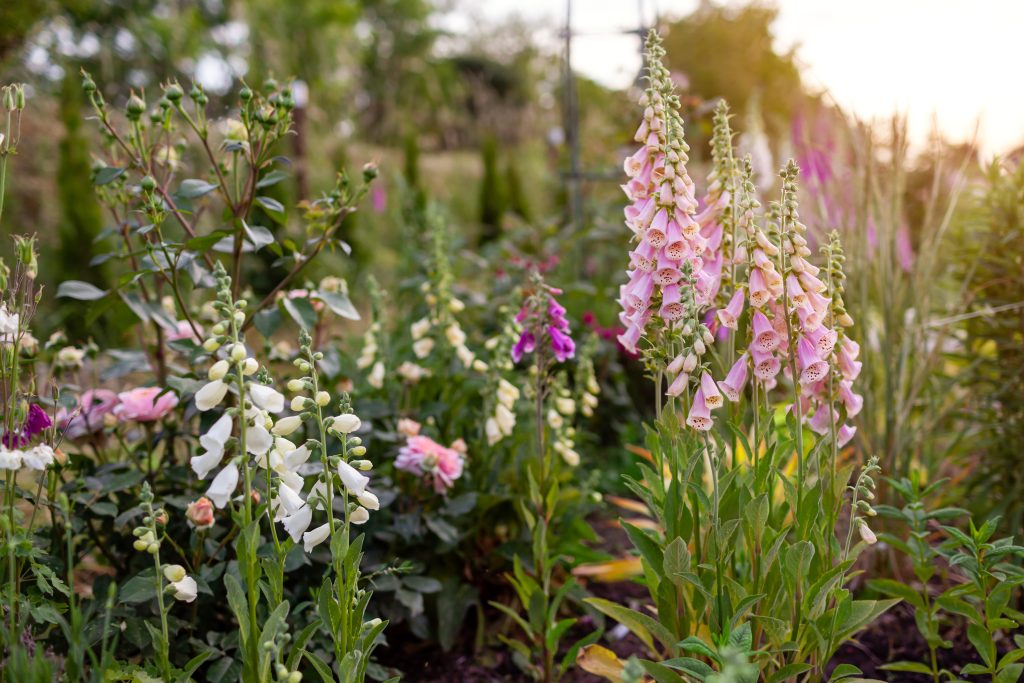
While many plants add beauty to your garden, some can be dangerous for cats and dogs. Here’s a quick guide to common toxic plants you should avoid to keep your pets safe:
- Lilies (Lilium species) – Highly toxic to cats, even small amounts can cause kidney failure. All parts of the plant are dangerous, including the leaves, petals, and pollen.
- Daffodils (Narcissus) – The bulbs are particularly toxic and can cause vomiting, diarrhoea, and abdominal pain if ingested by dogs and cats.
- Foxglove (Digitalis) – This striking plant contains compounds that affect the heart. Ingesting it can lead to heart arrhythmias and, in severe cases, heart failure.
- Tulips (Tulipa) – Like daffodils, tulip bulbs are highly toxic to pets, causing digestive issues and in some cases, more severe symptoms like convulsions.
- Rhododendrons – This popular garden plant can cause vomiting, drooling, and weakness in pets. Large amounts can lead to serious complications, including heart issues.
- Azaleas – Part of the rhododendron family, these plants can cause vomiting, diarrhoea, and in severe cases, cardiac failure in cats and dogs.
To keep your garden safe for your pets, always research any new plants before adding them to your garden, and remove any known toxic plants to avoid accidental ingestion.
Top Pet-Friendly Plants for UK Gardens
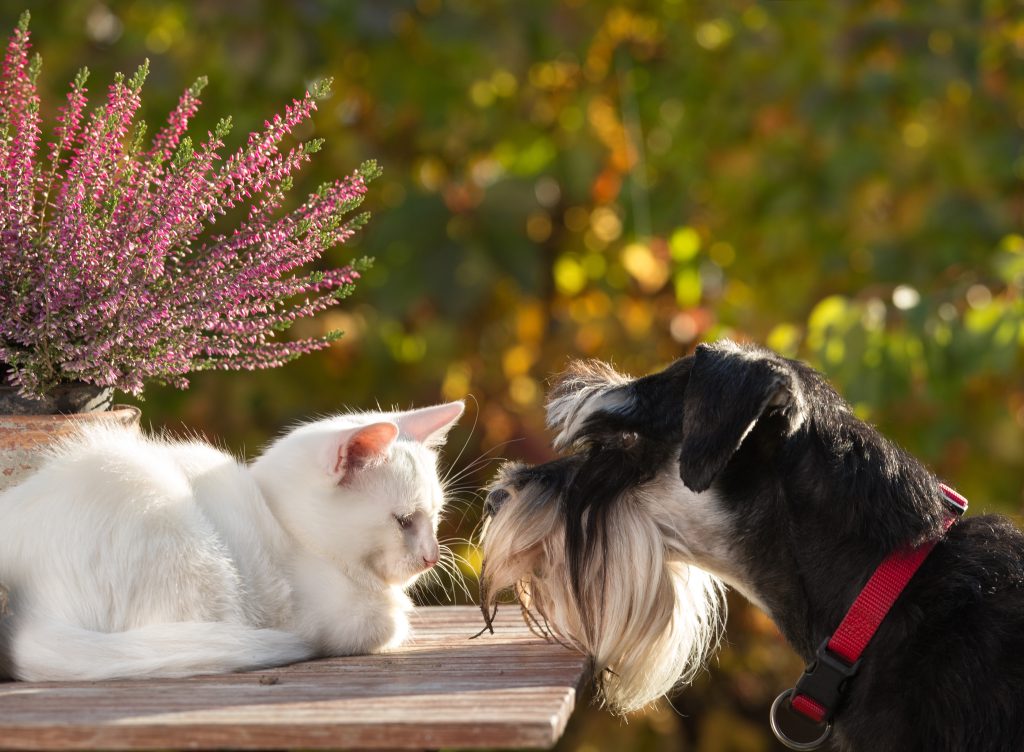
Here are some of the best non-toxic plants that will keep your garden looking stunning while ensuring the safety of your pets.
Flowering Plants
Lavender (Lavandula angustifolia)
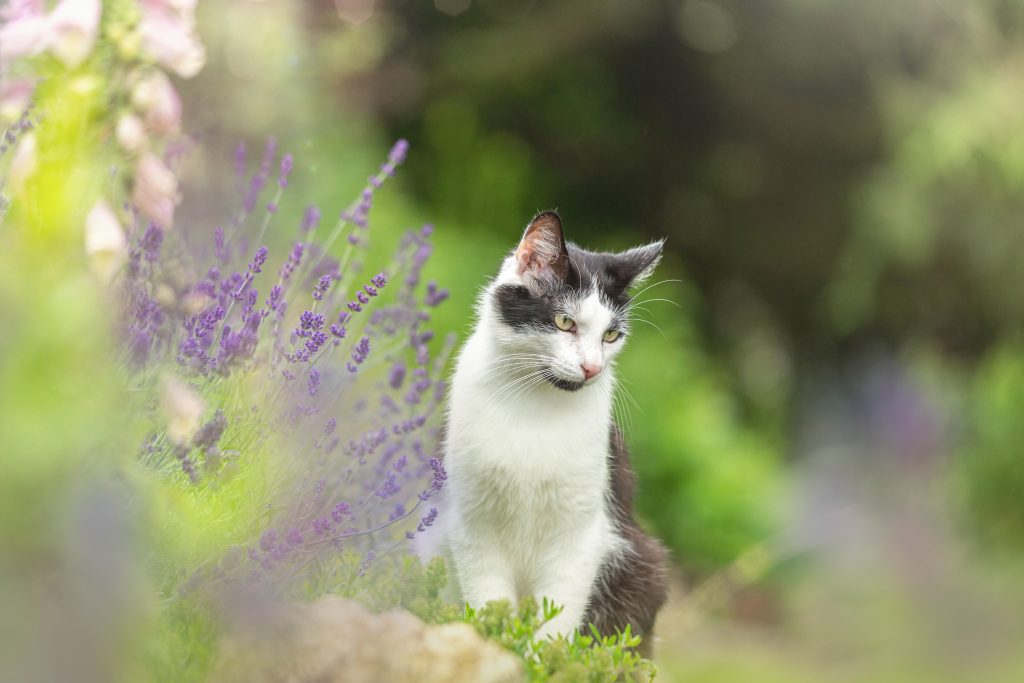
Lavender is a fragrant, hardy plant that adds a pop of purple to any garden. It thrives in sunny spots and well-drained soil, making it an easy-to-care-for choice. For cats and dogs, lavender is non-toxic, though it’s wise to avoid overexposure as its strong scent can sometimes overwhelm pets.
Besides being pet-safe, lavender is known for its calming properties and attracts pollinators like bees and butterflies, enhancing your garden’s ecosystem.
Sunflowers (Helianthus)
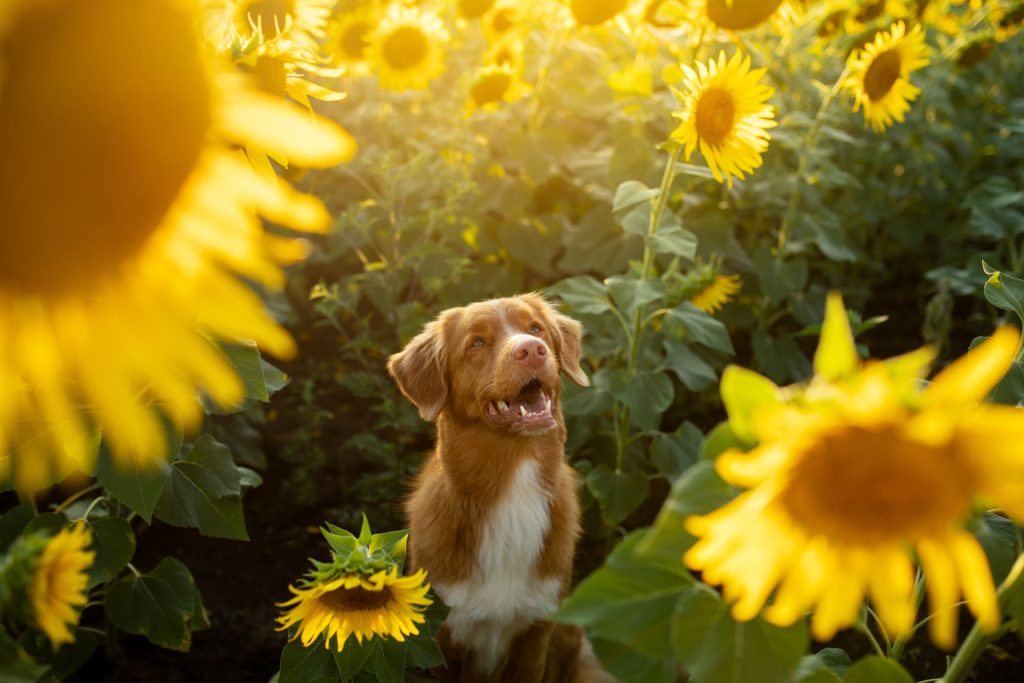
Sunflowers are tall, cheerful plants that bring vibrancy to any outdoor space. They are easy to grow from seed and thrive in sunny locations. Most importantly though, sunflowers are non-toxic to both cats and dogs, making them a wonderful addition to any pet-friendly garden. They also provide food for birds and bees, supporting local wildlife, while their large, sturdy stems can withstand curious pets.
Marigolds (Tagetes)
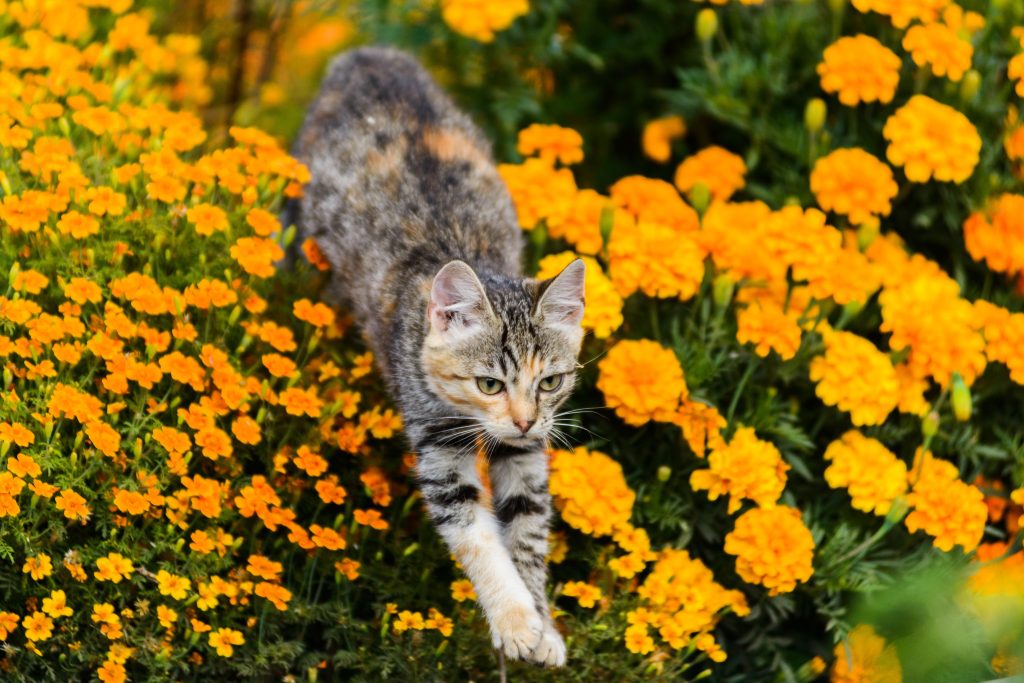
Marigolds are bright, durable, and easy to grow, even for beginner gardeners. They come in stunning shades of yellow, orange, and red and are great for adding colour to borders and flower beds. While some varieties may have a mild, unpleasant scent to pets, marigolds are non-toxic and can deter pests naturally, making them a safe choice for your garden.
Herbs and Grasses
Rosemary (Rosmarinus officinalis)
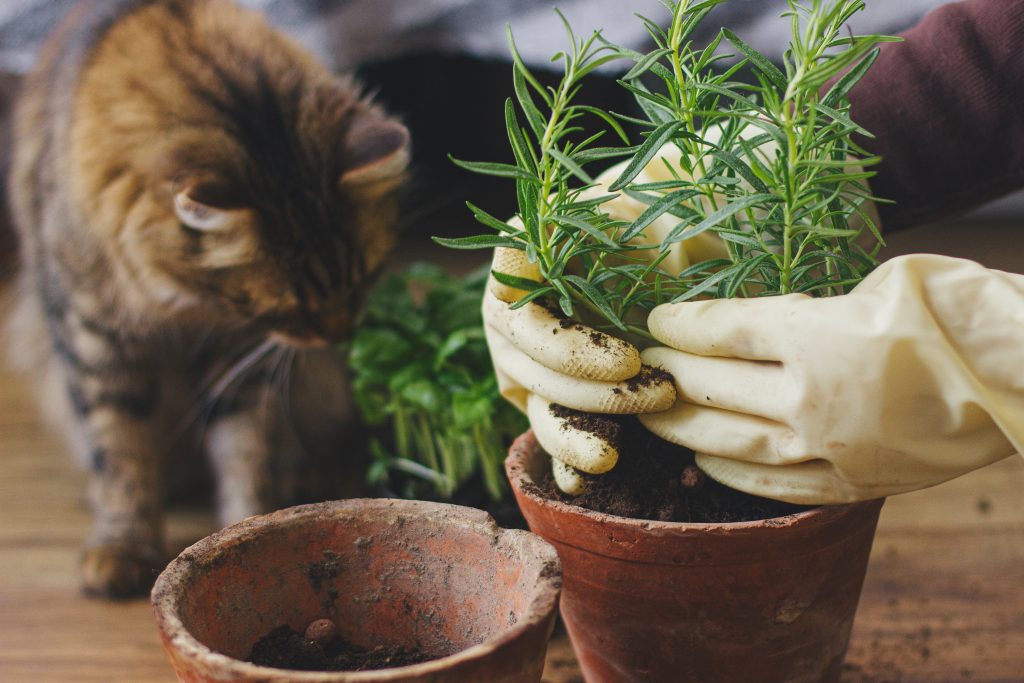
Rosemary is a fragrant, evergreen herb that can be used both in the kitchen and as an ornamental plant in your garden. It is non-toxic to pets and offers a pleasant, aromatic touch to any garden area. Rosemary thrives in well-drained soil and full sunlight, requiring minimal maintenance.
It’s also known to repel insects, adding another layer of benefit to your garden.
Catnip (Nepeta cataria)
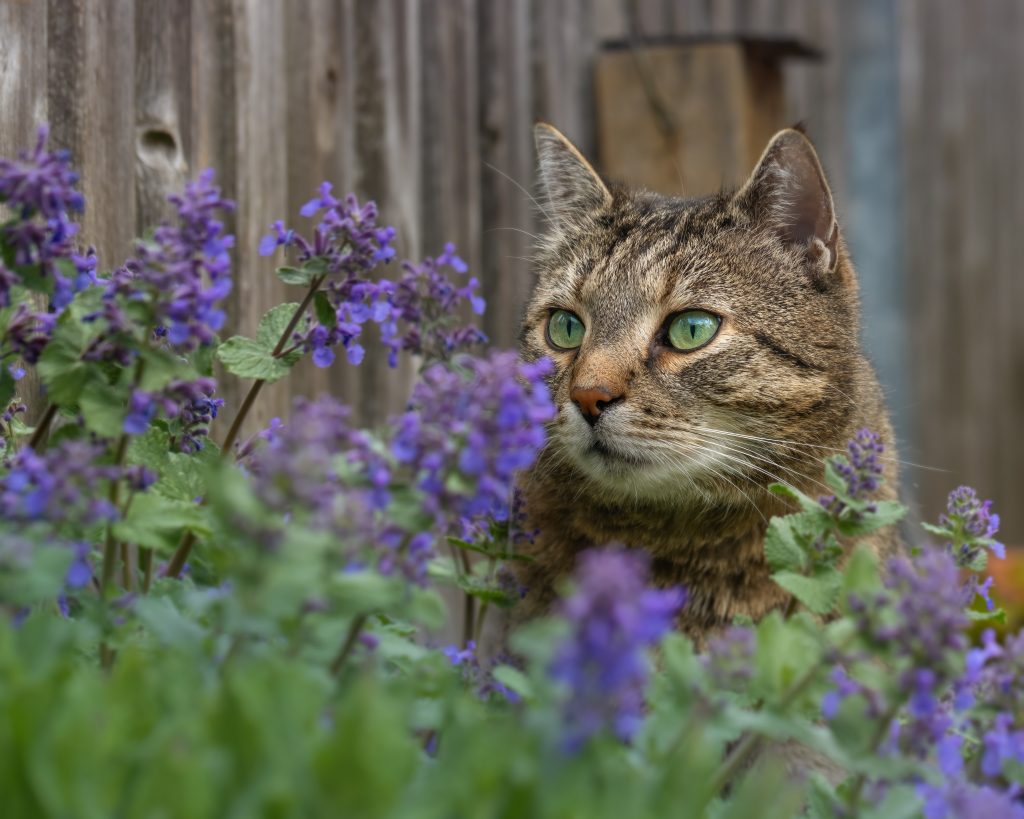
It’s no surprise that this plant is a favourite among cats, providing a natural stimulant that many felines enjoy. Catnip is entirely safe for cats and dogs and is easy to grow in most garden conditions. Not only will it provide hours of entertainment for your feline friends, but its soft, green foliage adds a lush appearance to your garden beds.
Bamboo (Bambusoideae)
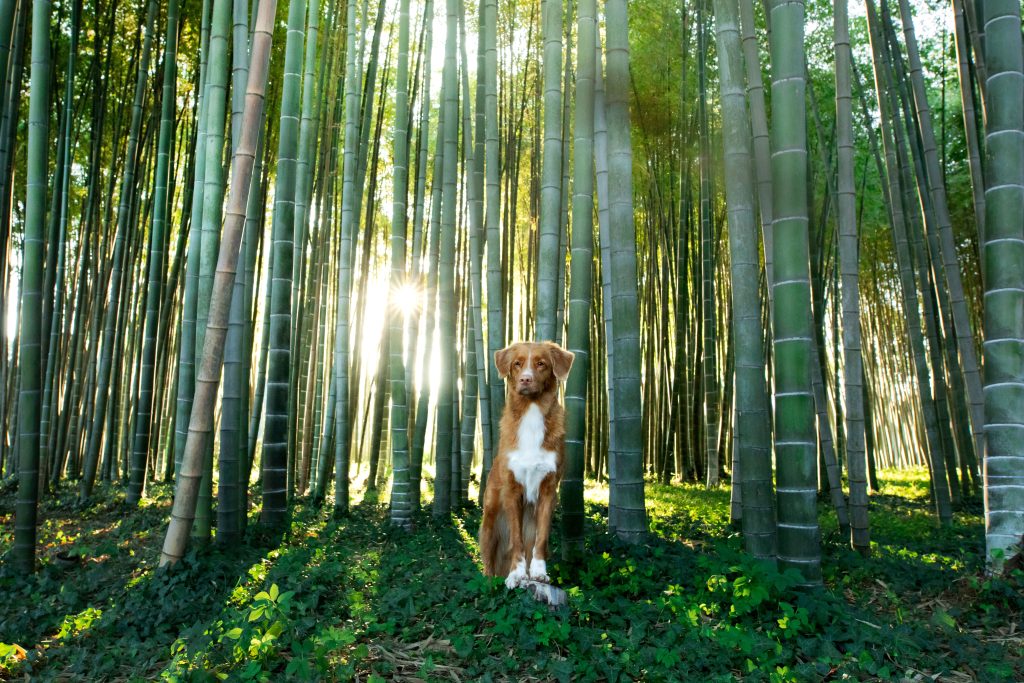
Bamboo is a hardy plant that adds a modern, architectural feel to your garden. It grows quickly, creating a natural screen or focal point. Bamboo is non-toxic to pets and offers a shaded area where cats and dogs can relax. Its robust nature ensures it can stand up to playful pets, making it both practical and aesthetically pleasing.
Cat Grass (Dactylis glomerata)
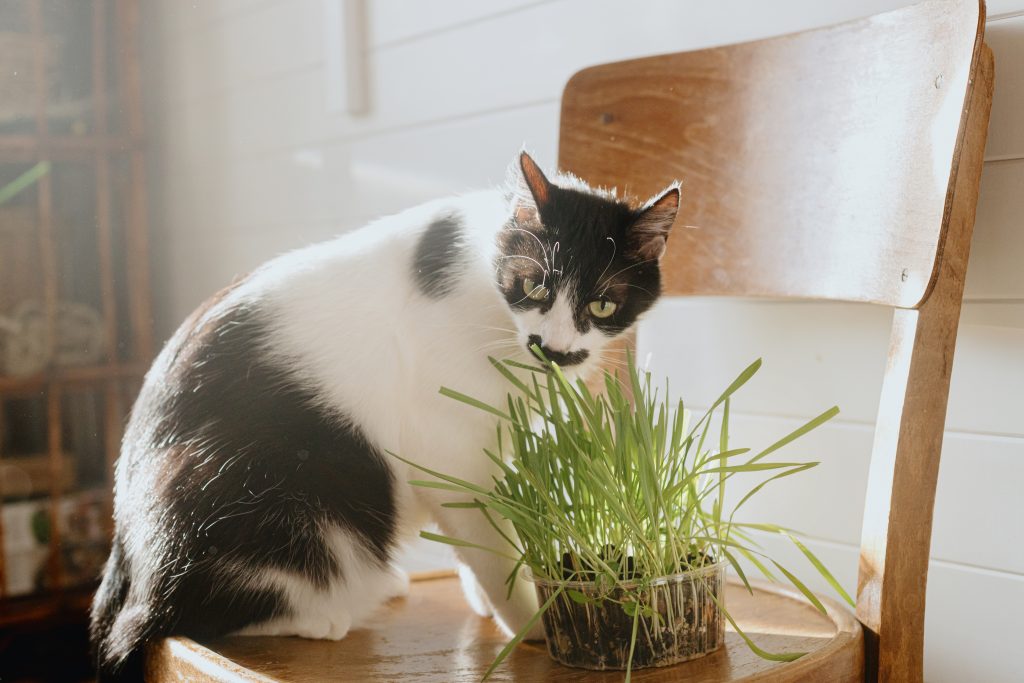
Cat grass is a must for any pet-friendly garden, as it is specifically grown for feline consumption. This grass aids in digestion and provides a safe way for cats to indulge their natural instinct to nibble on greenery. It’s easy to grow in pots or beds, and its bright green colour adds a refreshing look to your garden.
Despite the name, dogs may also enjoy it – making it a great all-around pet-safe plant.
Some Extra Garden Design Tips for Pet Safety
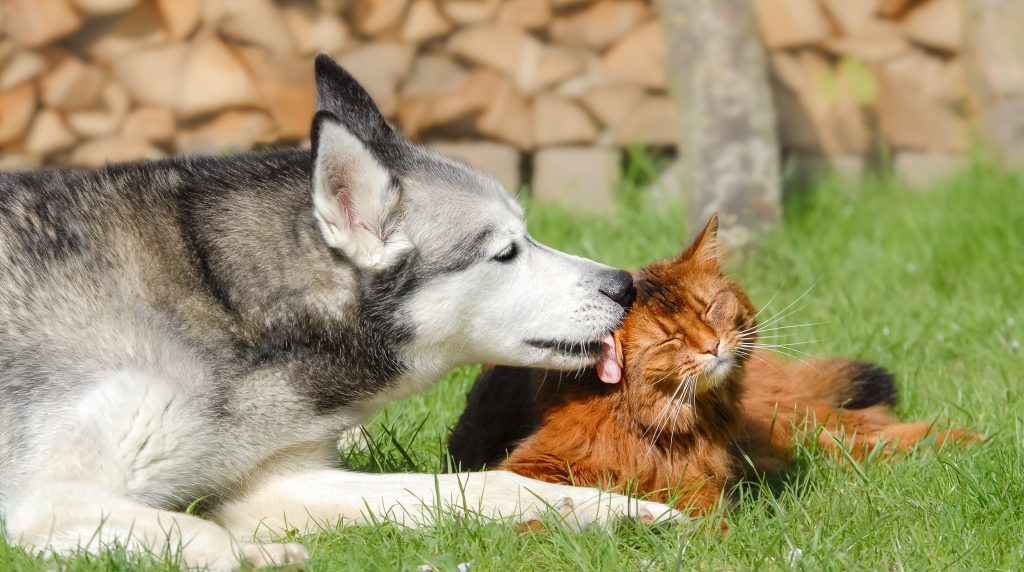
Designing a pet-friendly garden requires thoughtful planning to ensure your furry companions can explore safely. Here are some practical tips to create a safe yet beautiful outdoor space for your pets.
Raised Planters
Using raised beds or tall planters is an excellent way to keep delicate plants or those that aren’t entirely pet-safe out of reach. This allows you to include a wider variety of plants in your garden while preventing curious cats or dogs from nibbling on them. Raised beds also add dimension to your garden design, giving it a more structured and aesthetically pleasing look.
Pet-Safe Pathways
When designing garden pathways, choose pet-friendly materials such as smooth stone, wood, or gravel. Avoid using sharp-edged stones or toxic materials that could harm paws. Pathways offer pets a designated route to explore the garden, helping to direct their movement and reduce damage to your plants.
Pet-Friendly Water Features
A water feature can be a great addition to any garden, providing both visual appeal and a cool spot for pets to drink or splash. Ensure any water features you install are pet-safe, with shallow, non-toxic materials that won’t harm them.
If you’re installing a pond, consider using covers or shallow edges to prevent accidental falls.
Natural Barriers and Zones
Create natural barriers like hedges, low fences, or strategically placed planters to section off areas of your garden. These barriers can help you manage where your pets roam, protecting more fragile plants and providing zones where they can safely play and relax.
This design strategy also allows for the creation of shaded areas where pets can cool down during warmer months.
Maintaining a Pet-Friendly Garden Year-Round
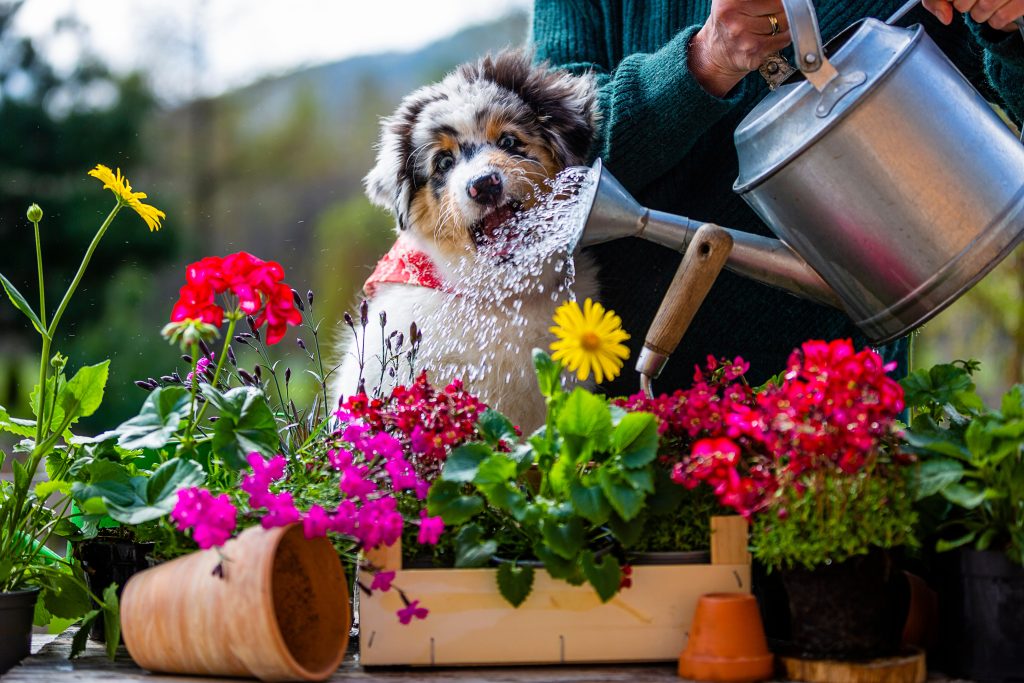
Keeping your garden safe for pets requires seasonal adjustments to ensure it remains pet-friendly throughout the year. Here are some tips to help you maintain a safe environment for your cats and dogs, no matter the season.
In the Summer
The main priority is keeping your garden cool to prevent heat-related risks. Ensure your pets have access to plenty of shade by incorporating trees, tall plants, or covered areas. You can also add a pet-friendly water feature, like a shallow fountain or water bowl, to provide hydration and a cooling spot.
Be mindful of hot surfaces such as stone or concrete, which can burn paws – use softer, pet-friendly ground coverings like grass or bark mulch in sun-exposed areas.
In the Winter
Consider planting non-toxic winter plants like pansies and winter heather to keep your garden vibrant and safe. If you use water features, make sure they don’t freeze over and avoid the use of antifreeze chemicals, which are highly toxic to pets.
Ensure any paths or walkways are free from salt-based deicers, as these can irritate paws. Instead, use pet-safe alternatives like sand or pet-friendly de-icing products to keep your garden accessible and safe.
Design a Cat- and Dog-Friendly Garden Today
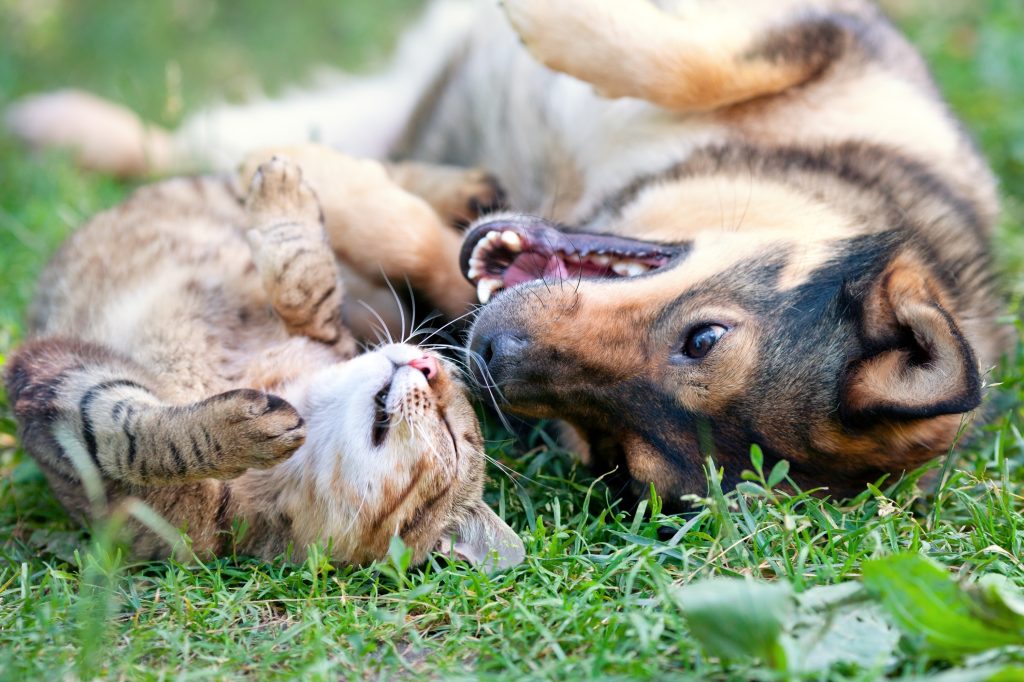
Now is the perfect time to start planning your own pet-safe garden. Explore more tips for creating a pet-friendly outdoor space, or browse our range of safe planters, raised beds, and garden features to get started today.
Get a Quote
Looking for advice or have a question? Fill out our quick form below and we'll put you in touch with the right person in our team! We'll get back to you by the end of the next working day.


